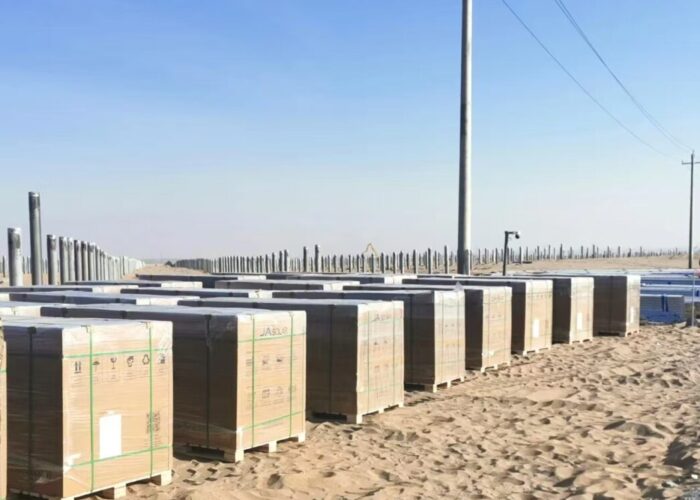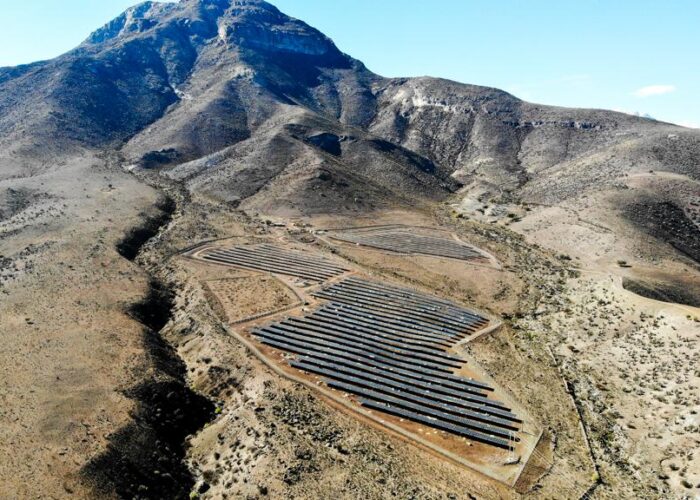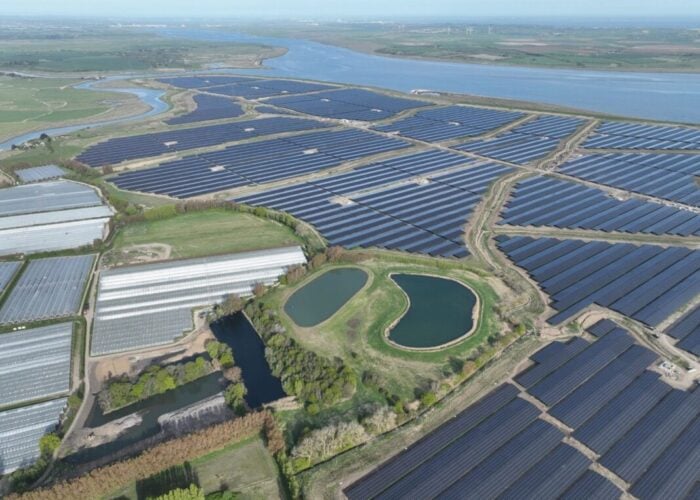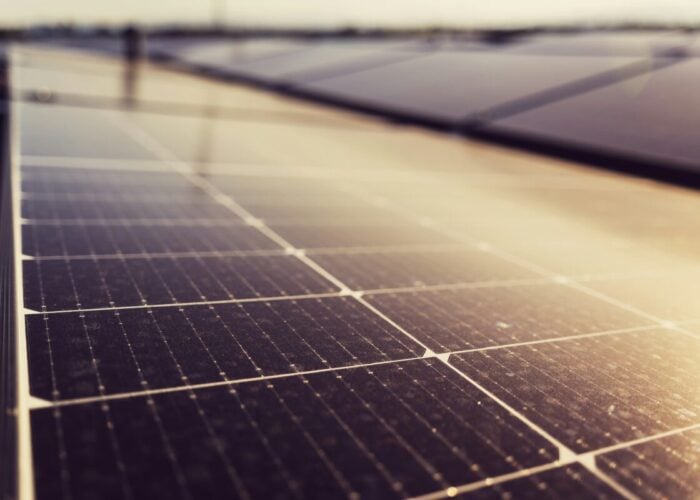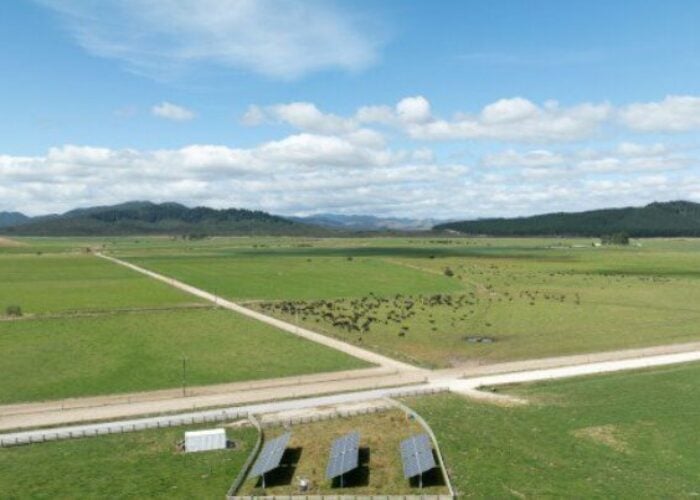Researchers at the Fraunhofer Institute for Solar Energy Systems ISE have concluded after a testing with more advanced cell structures than are currently used, that large-area silicon solar cells are closer than ever at achieving 20% efficiency ratings. The newly researched cell structures differed in the type of silicon material, the base and the type of emitter used. Solar cells with a negatively conducting base are referred to as n-type, those with a positive conducting base are p-type cells and the emitter had the same inverse polarization of the base.
“For processing the emitter layer, we used three different procedures as follows: aluminum alloying and boron diffusion for the p-emitter layer of our n-type solar cells and phosphorous diffusion for the n-emitter layer of our p-type solar cells,” says Christian Schmiga, project leader at Fraunhofer ISE.
Unlock unlimited access for 12 whole months of distinctive global analysis
Photovoltaics International is now included.
- Regular insight and analysis of the industry’s biggest developments
- In-depth interviews with the industry’s leading figures
- Unlimited digital access to the PV Tech Power journal catalogue
- Unlimited digital access to the Photovoltaics International journal catalogue
- Access to more than 1,000 technical papers
- Discounts on Solar Media’s portfolio of events, in-person and virtual
In studying the n-type silicon solar cells with an aluminum-alloyed emitter, Fraunhofer ISE researchers were able to obtain 19.3% efficiency. The research team formed the emitter by screen-printing a paste that contained aluminum, followed by a short high-temperature firing period. Further, when studying the n-type solar cell with a boron-diffused emitter whose surface had an added new layer of aluminum-oxide, the cells produced 19.6% efficiency.
When testing the p-type solar cells, the research team had a phosphorous diffused emitter and used the laser-fired contact (LFC) technology that Fraunhofer ISE developed to achieve 19.6% efficiency.
All test solar cells were process on 125 x 125mm² monocrystalline silicon wafers. The Fraunhofer ISE research team noted that there were no added adjusting or structuring steps needed, which led to a simplified, yet quicker processing procedure. Currently, 80% of the crystalline silicon solar cells that are manufactured average between 14% and 19% efficiency, but with the results the team produced, Fraunhofer ISE believes that 20% efficiency is only a small matter of time away.

